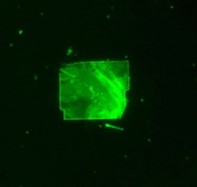Fabrication of optoelectrical sensor/detector platform using quantum confined systems





-
Why Needed
Modern optoelectronic applications, from secure communications, biomedical imaging, non-destructive inspection, automation control, and so forth, depend heavily on high-performance photodetectors and sensors.
-
Socio-economic Impact on the Country
Ultra-sensitive sensor platform will be beneficial for numerous applications like point-of-care diagnostics, environmental monitoring, secure communications, automation control etc. Cost effecting production of these high-performance sensors/detectors will have enormous impact on the economic growth of the country.
-
Innovation in the Technology
Scalable and well controlled fabrication of quantum confined systems with single digit nm precession positioning.
-
Application Sector
Health, Defense/Security, Agriculture, Environmental monitoring.









.l7vbdrkeva.png)
.k2x0o08g1r.png)
.7xeit1g6pd.png)
.trf6rxg4ye.png)
.ywpjbjc9h9.png)
.w59a3fw5qy.png)